Promoting Biodiversity Through Local Ecotourism: A Community-Powered Journey
Selected theme: Promoting Biodiversity Through Local Ecotourism. Explore how neighborhood guides, small businesses, and protected landscapes can work together to help species recover while supporting livelihoods. Join us, subscribe, and share your ideas to grow a resilient, life-rich future.
Why Local Ecotourism Can Rebuild Biodiversity
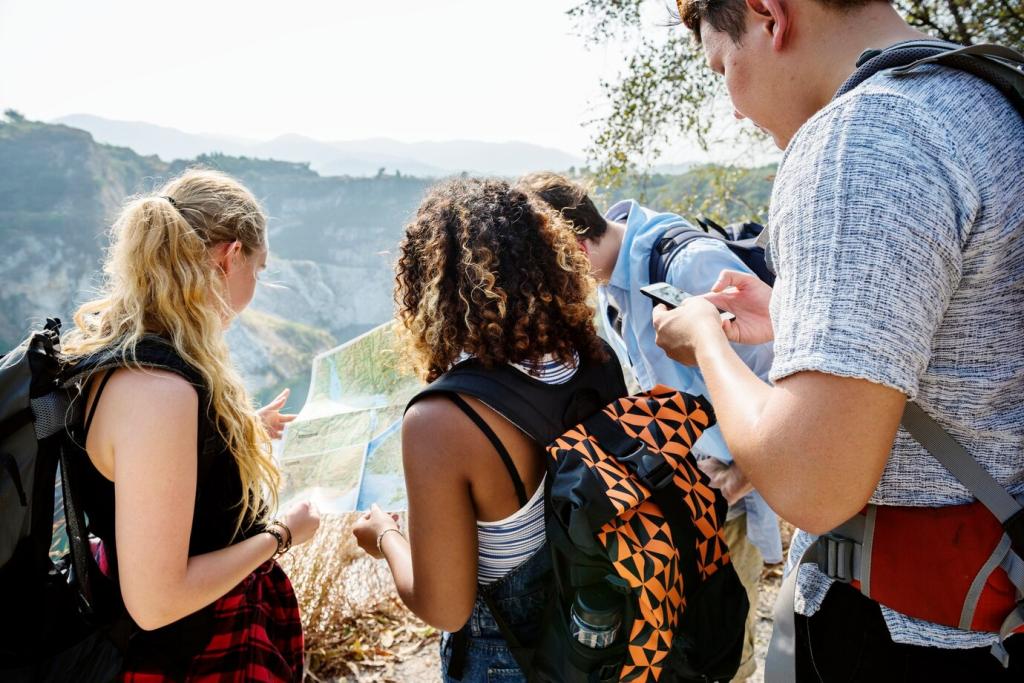
In a coastal village, a retired fisher became a mangrove guide and quietly changed norms. He swapped nets for binoculars, taught visitors about nursery trees, and rallied neighbors to protect roosting sites. Comment with similar champions from your town.
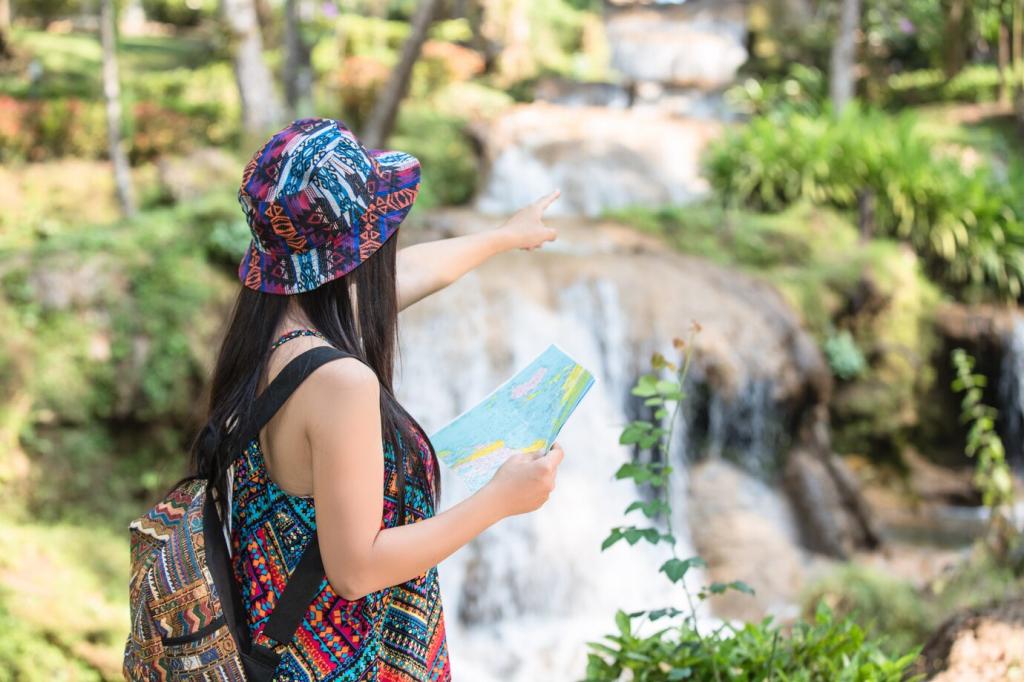
Small groups reduce noise, keep to narrow paths, and allow guides to enforce etiquette. Seasonal pauses during breeding or flowering help species succeed. How do you determine caps and blackout dates in your destination? Post your thresholds and reasoning.

Looped paths prevent crowding, raised boardwalks protect roots, and clear zones separate recreation from core habitats. Volunteers monitor erosion monthly. Which simple trail tweaks most improved your site’s resilience? Share maps, before-and-after photos, or quick notes.

Refill stations, composting, and local snacks slash footprints while celebrating regional flavors. Reusable field kits replace single-use plastics. Tell us your favorite locally sourced item that travelers loved and that reduced waste without sacrificing comfort or safety.
Honoring Indigenous and Local Knowledge
Let local storytellers lead moments in places that matter to them. Their memories of rains, fires, and migrations bring landscapes alive. What protocols do you follow for consent and credit? Share frameworks that have earned trust in your community.
Honoring Indigenous and Local Knowledge
Using Indigenous and local species names builds deeper care. Each name holds history, uses, and ecological cues. Encourage guests to learn and pronounce them well. Which names changed how your visitors see an everyday plant or bird?

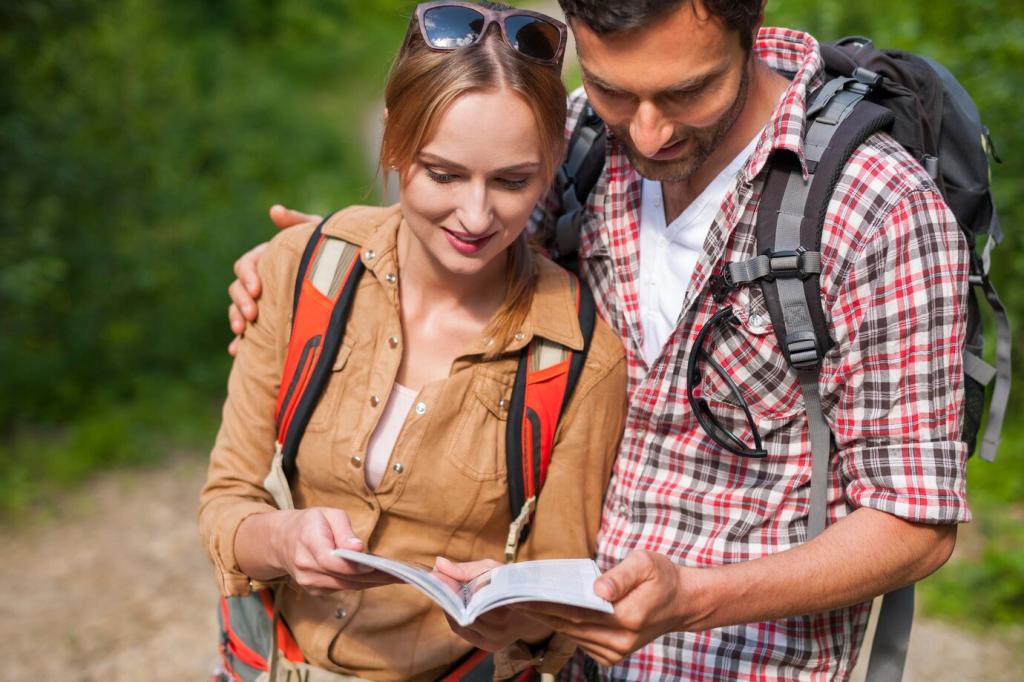
Distance, Silence, and Body Language
Markers and guide briefings set minimum distances, while hand signals replace shouting. Visitors learn stress signs like tail flicks or alarm calls. What subtle cues do your guides teach? Post your top three behaviors to watch and respect.
Photography Without Pressure
Tripods stay off nests, flashes stay off at night, and baiting is banned. Guides coach patience and composition, celebrating habitat context over close-ups. Invite your audience to share ethical shots and explain how they kept wildlife comfortable.
Citizen Science, Done Carefully
Guests log sightings on platforms like eBird or iNaturalist, but sensitive locations remain obscured to protect rare species. Short training ensures data quality. Do you host bio-blitz days? Share your protocols and results to inspire safe participation.
Tourism Revenue That Restores Habitats
Set aside small, rapid grants for native plant nurseries, pollinator corridors, and wetland buffers. Local groups act quickly and share outcomes publicly. What microgrant ideas could revive a degraded corner near you? Pitch them and tag collaborators.
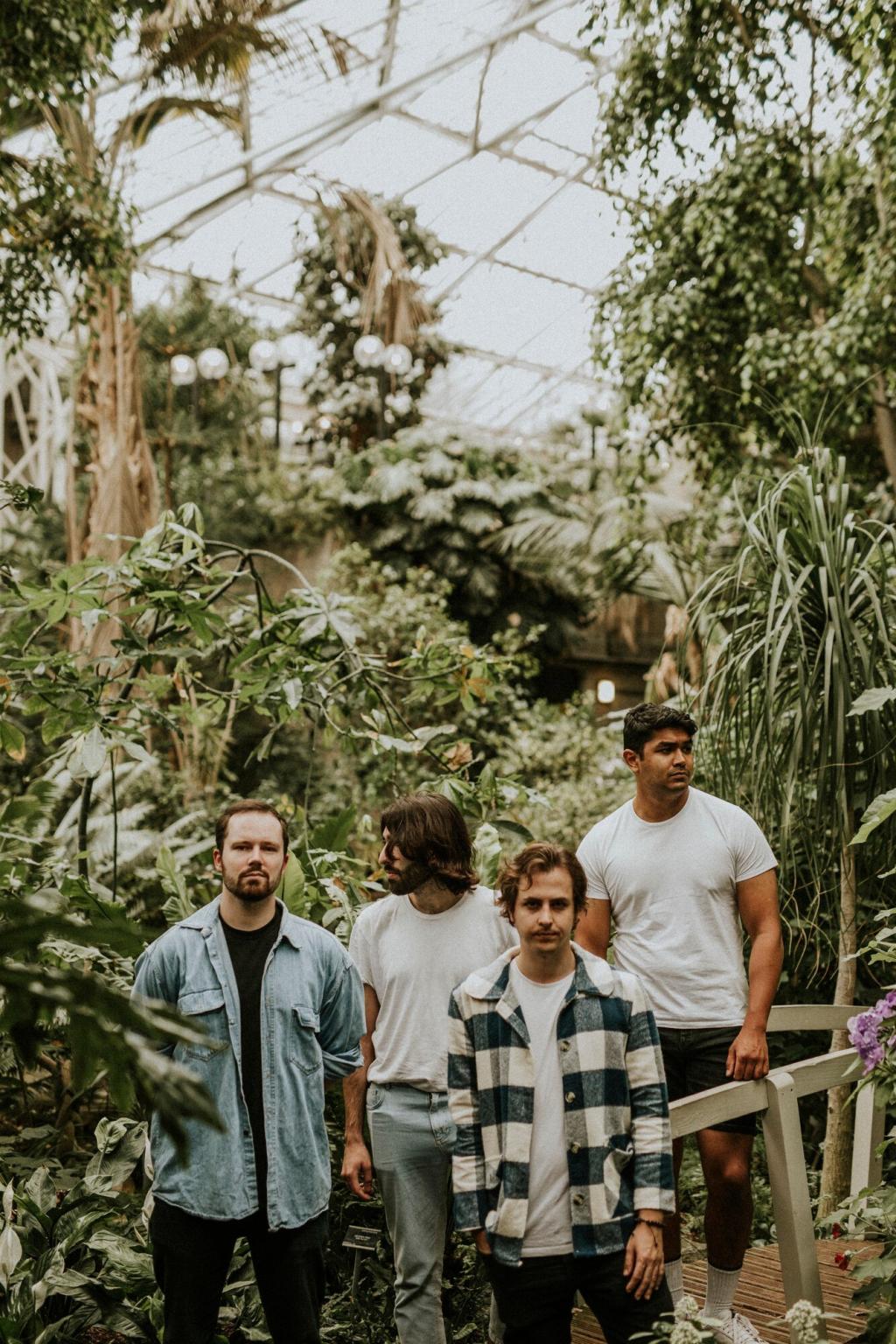
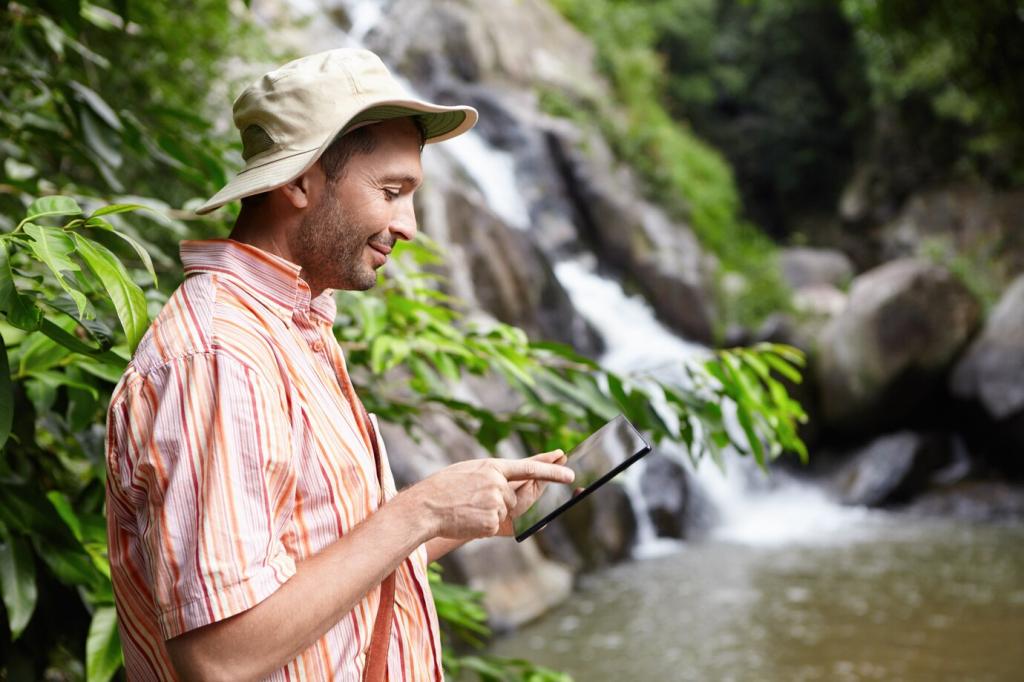
Tourism Revenue That Restores Habitats
Guided volunteer mornings remove invasive vines, replace them with natives, and track regrowth. Visitors leave with mud on boots and pride in hearts. Which invasive species challenges your area most, and how do you mobilize recurring help?
Baselines Before Big Dreams
Start with simple surveys: transects, point counts, and vegetation plots. Document conditions before launching tours to measure real change. What baseline did you wish you had set earlier? Help newcomers avoid that regret by sharing a quick checklist.
Indicator Species and Soundscapes
Choose species that reflect ecosystem health and add passive acoustic recorders to capture choruses over seasons. Combined, they reveal trends invisible to casual visits. Which indicators guide your decisions today, and why did you choose them?
Authentic Storytelling Without Greenwashing
Tie every narrative to a metric, map, or species note. Use clear language and acknowledge uncertainty. Readers appreciate humility and progress. What graph or field anecdote best captures your year? Post it and ask for constructive questions.
Join our mailing list
